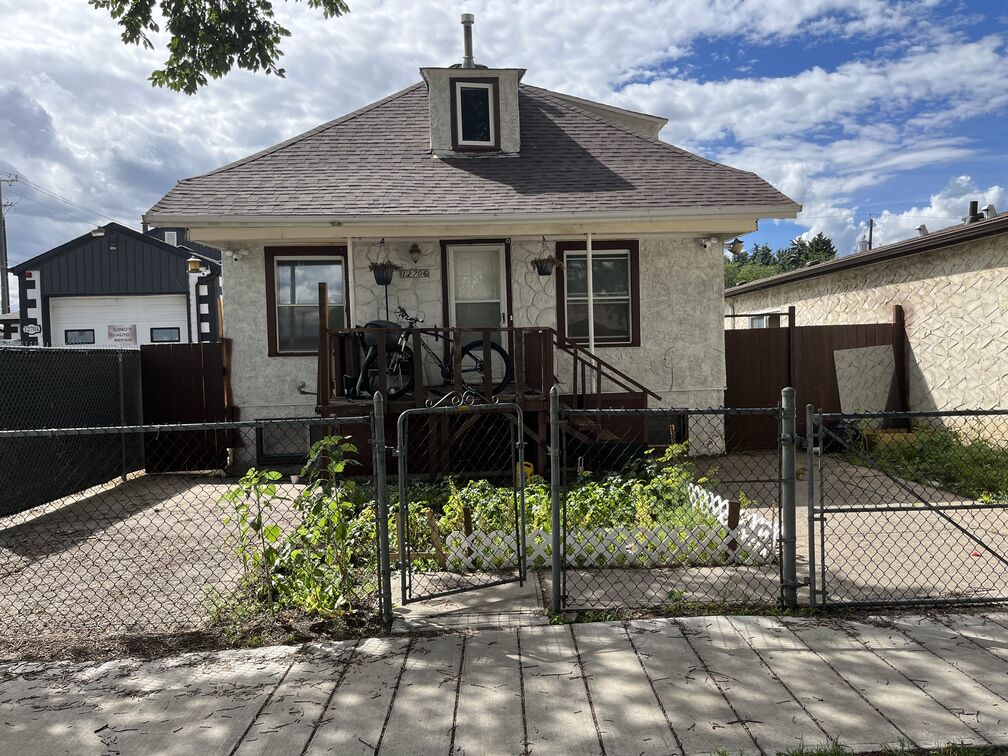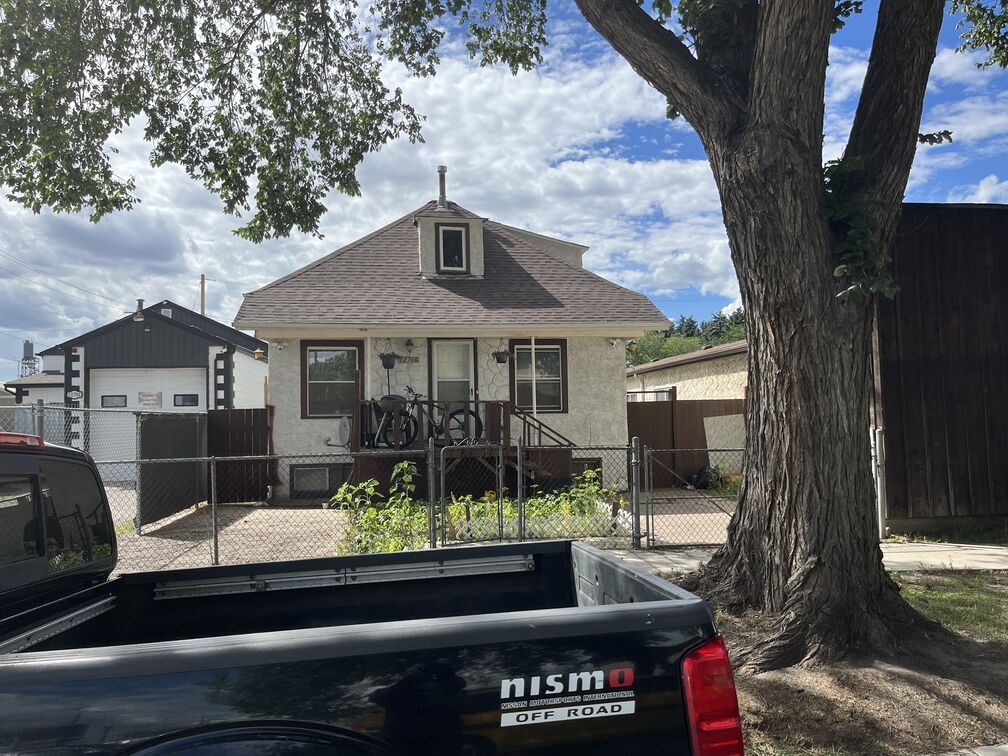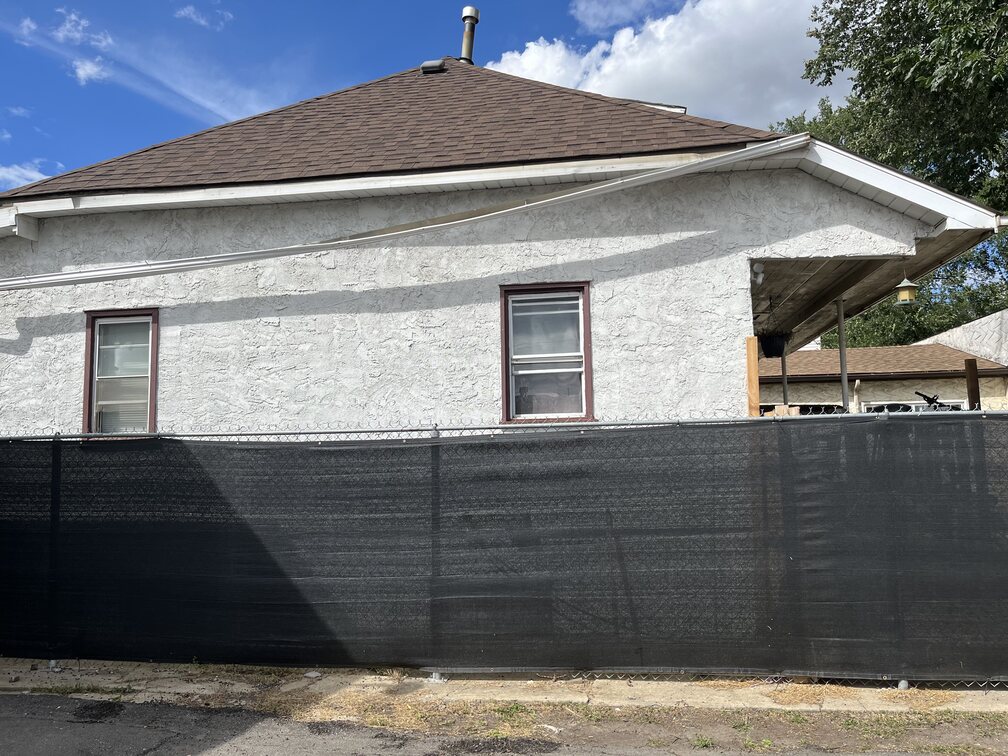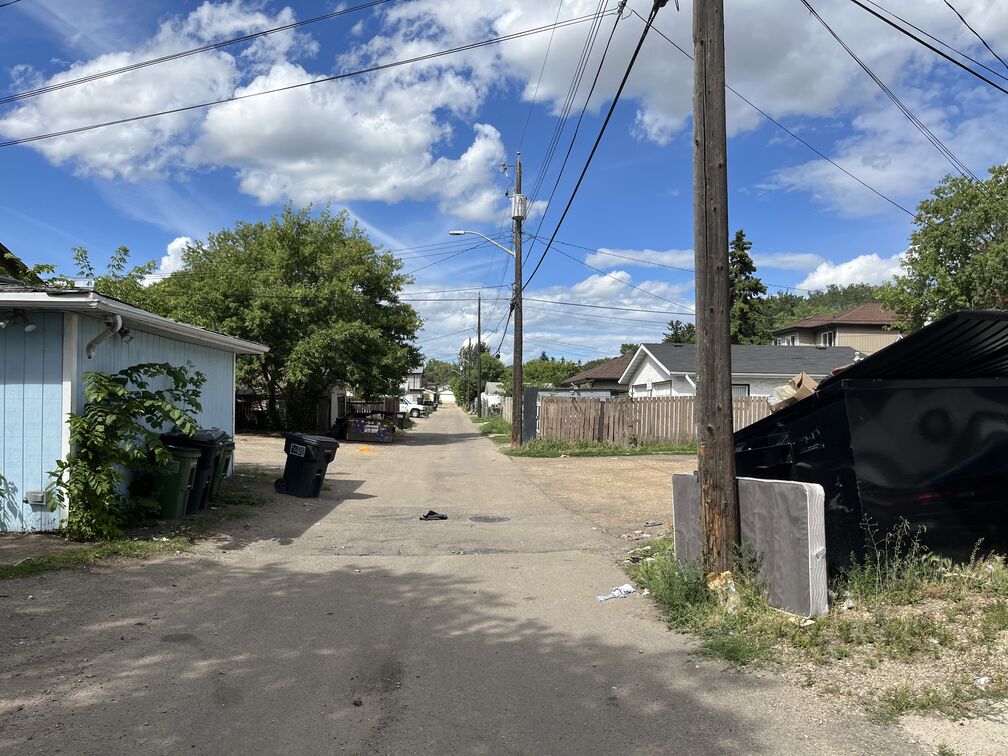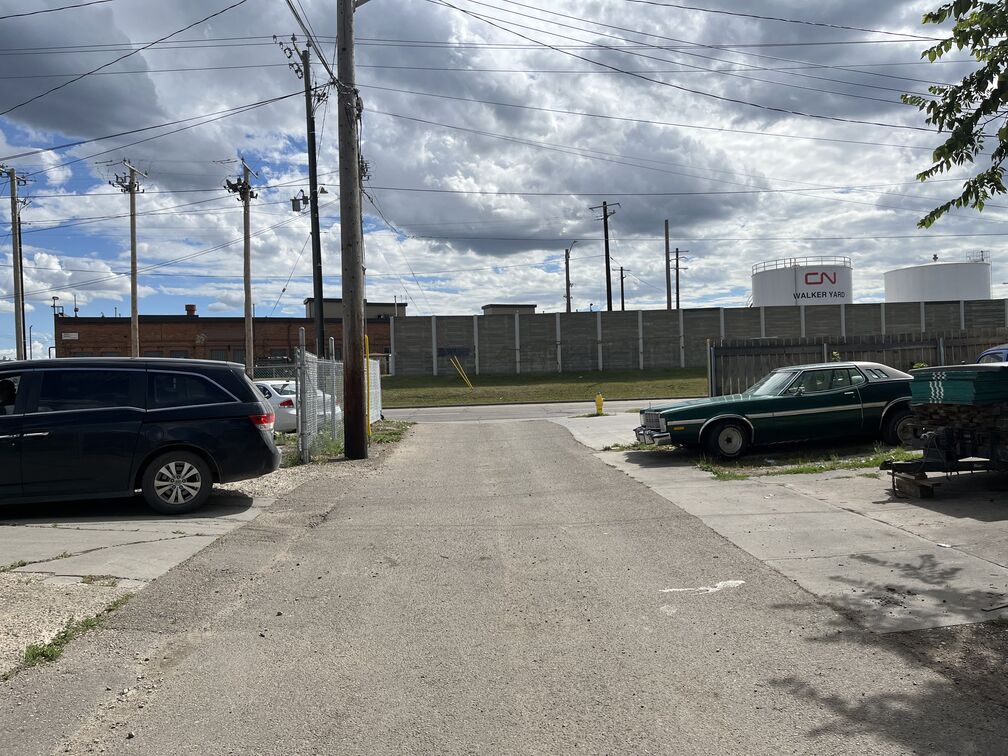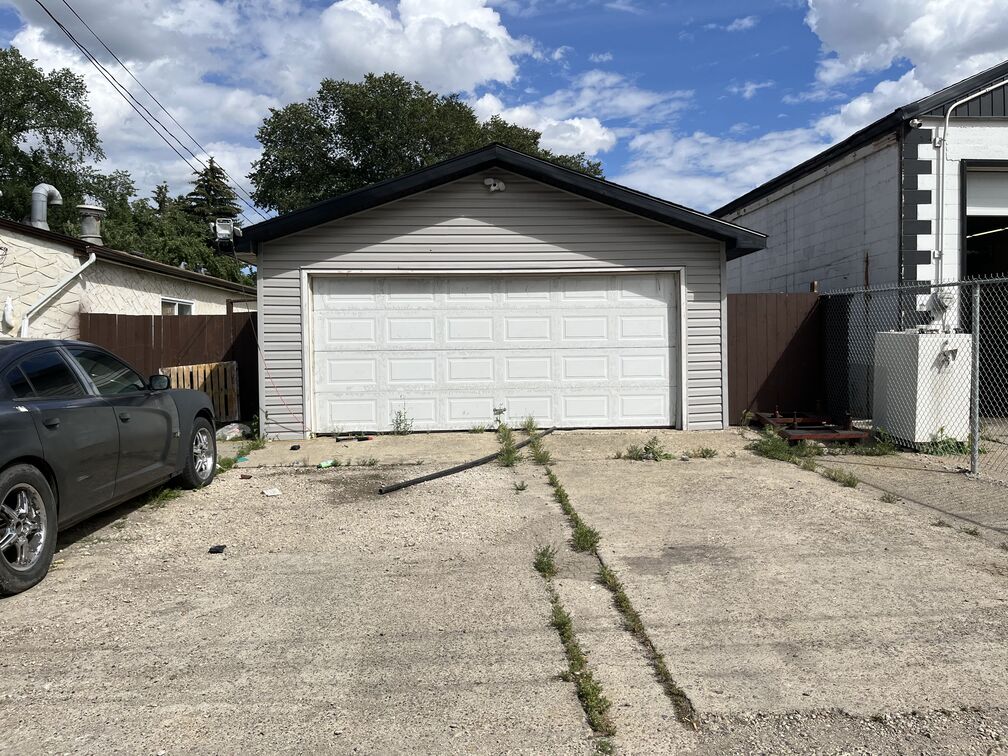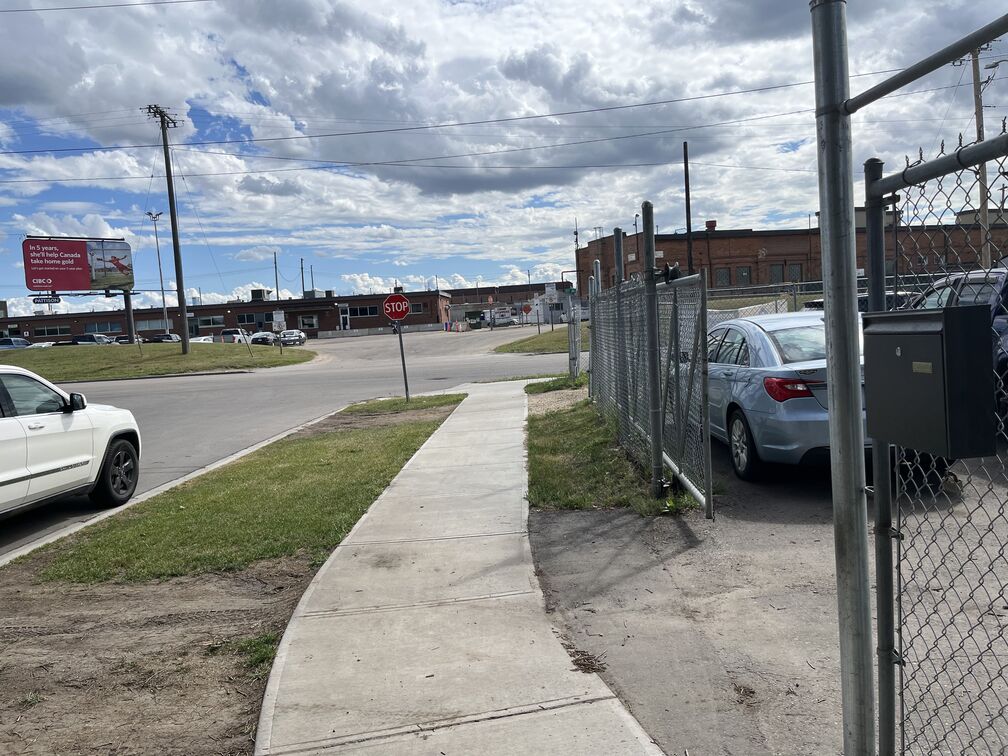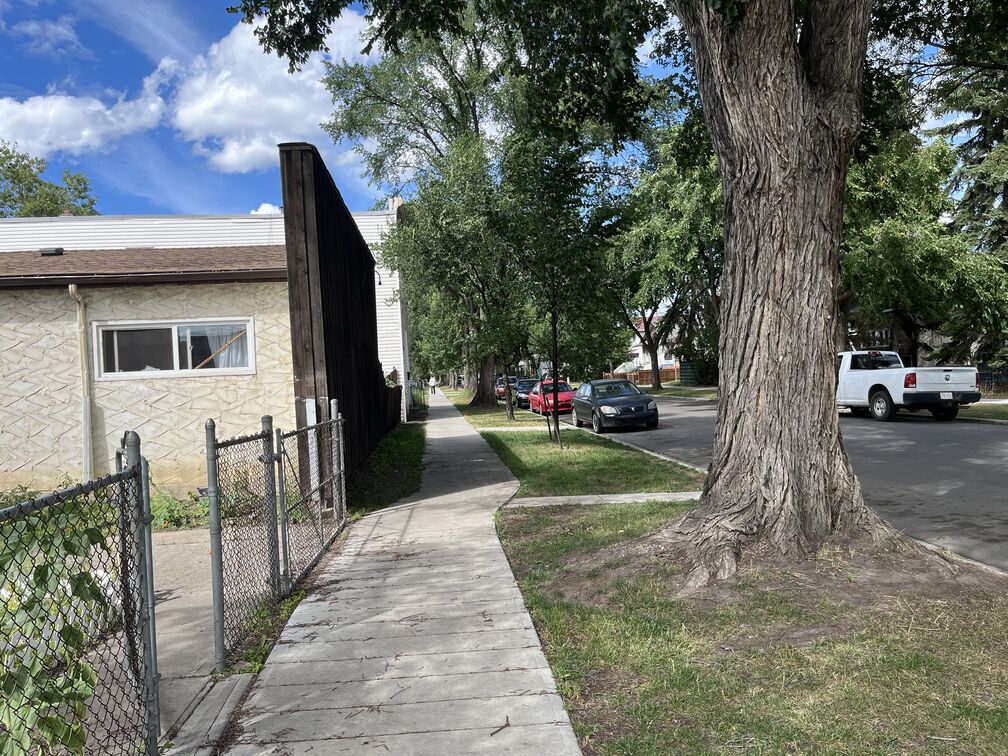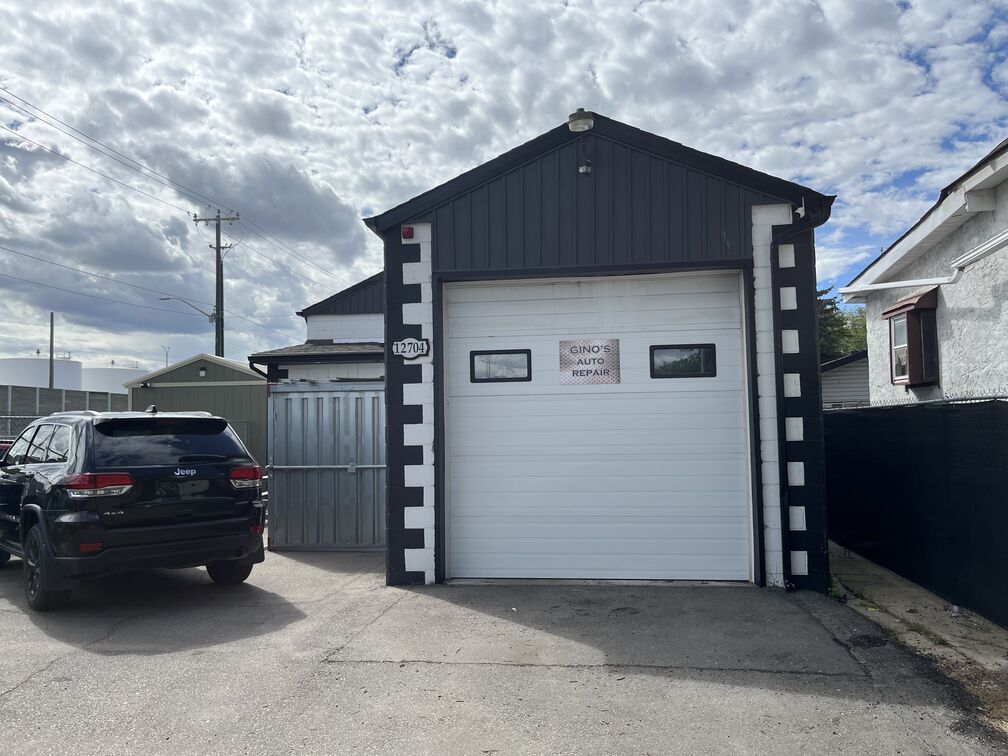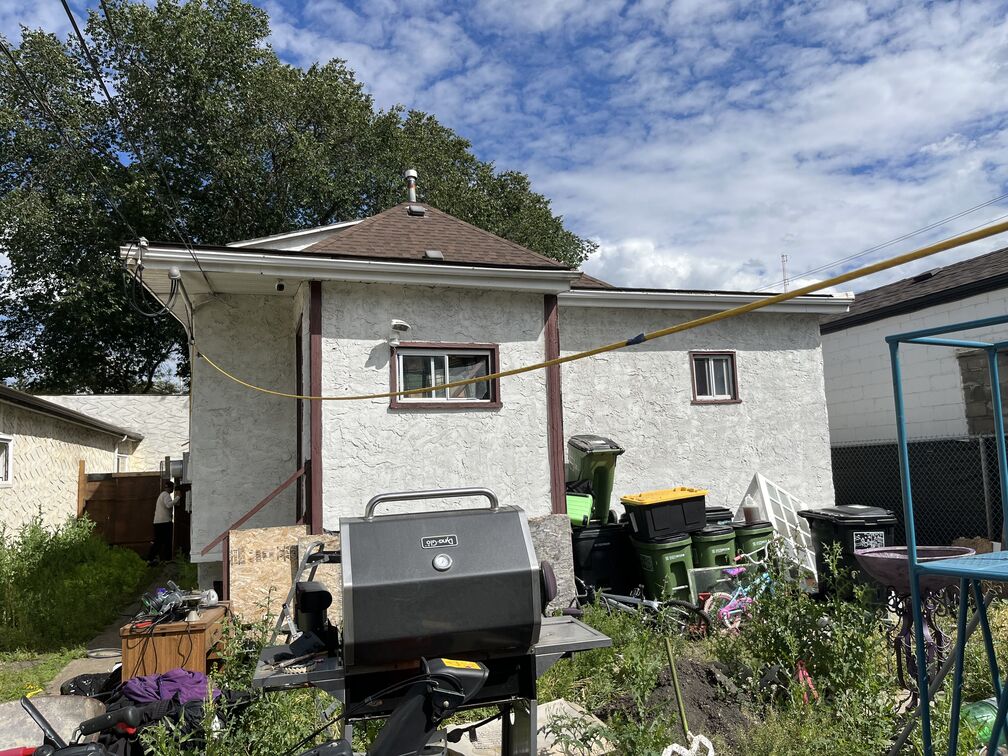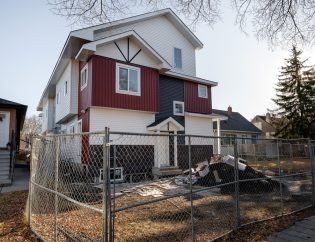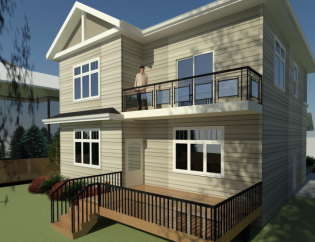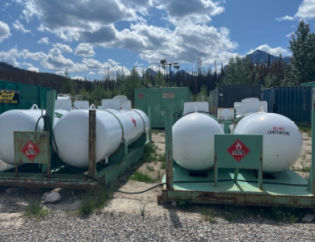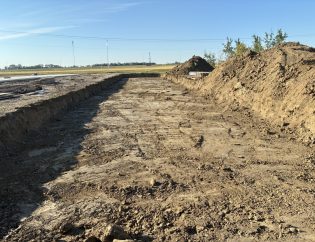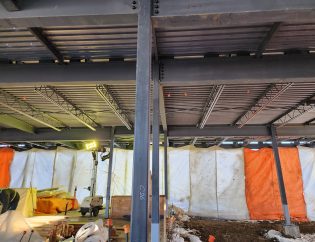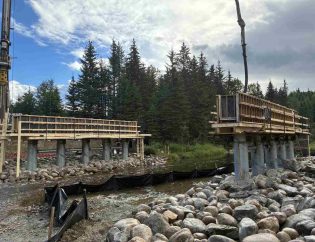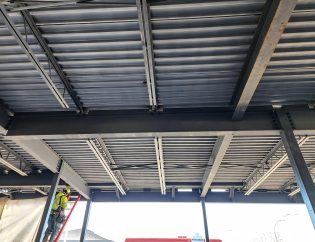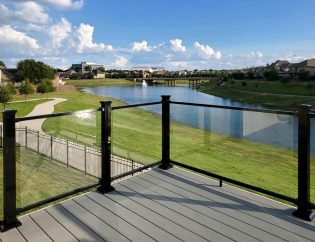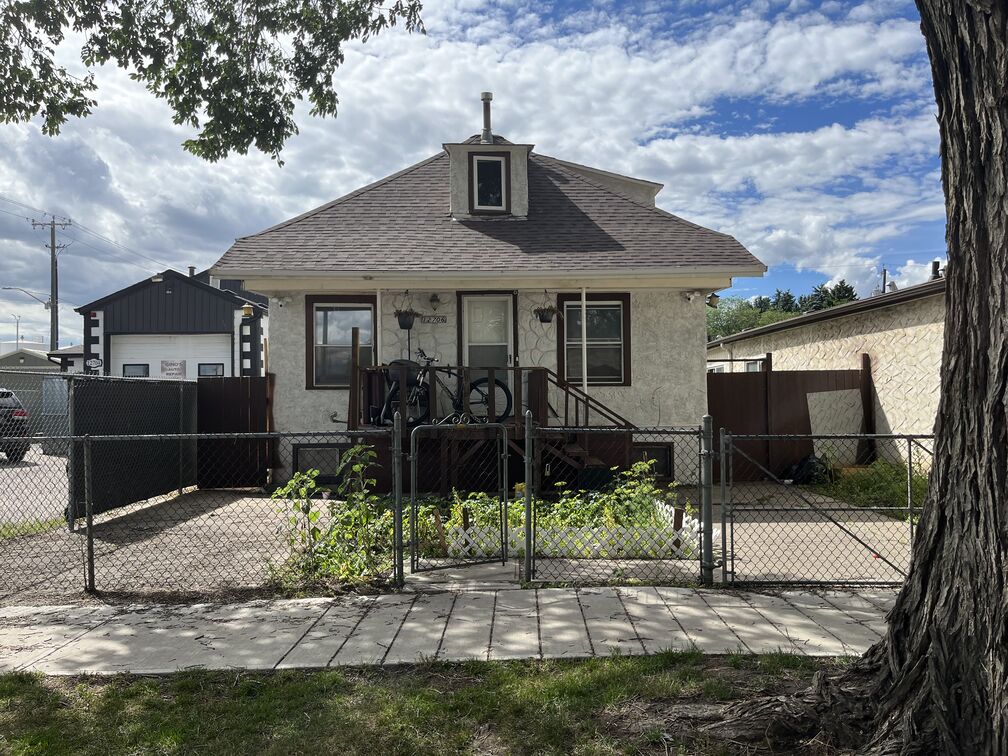
At MR Engineering, we know that strong communities are built on trust, and that starts with ensuring the land beneath new projects is safe, stable, and ready for the future. That’s why Environmental Site Assessments (ESAs) are such a vital part of what we do. Recently, our team completed a Phase II Environmental Site Assessment (ESA) in Edmonton’s Calder neighbourhood, and we’re excited to share how this process helps set the stage for healthier developments.
Why a Phase II ESA Matters
Before construction begins on any major project, it’s important to understand the history of the land. In this case, past uses included a dry cleaner and an automotive shop nearby—two activities that can sometimes leave behind soil or groundwater contamination. A Phase I ESA raised concerns, but the Phase II ESA gave us the opportunity to confirm the actual condition of the site with a much closer look.
How We Investigated
Our work began with careful planning, safety protocols, and checks for underground utilities. Once preparations were complete, we carried out on-site fieldwork. The team drilled five boreholes across the property, taking soil samples at different depths to evaluate conditions below the surface. These samples were carefully screened for hydrocarbon vapors before being sent to a certified laboratory for detailed testing.
Each borehole was also completed as a monitoring well, allowing us to measure groundwater levels, assess flow directions, and collect water samples for further analysis. The laboratory then tested both soil and groundwater for substances commonly associated with industrial and commercial activity, including petroleum hydrocarbons (PHCs), volatile organic compounds (VOCs), and polycyclic aromatic hydrocarbons (PAHs). Every step of this process followed strict quality control standards to ensure accuracy, from cleaning equipment between samples to maintaining the proper chain of custody during transportation.
What We Found
The results were reassuring. All of the samples tested fell below Alberta’s Tier 1 Soil and Groundwater Remediation Guidelines for residential and parkland use. In plain terms, this means the soil and groundwater are not significantly contaminated, and the property is safe for future residential development. The outcome gives the land a clean bill of health and clears the way for the next stage in its redevelopment.
What This Means for the Community
For the property owner, these findings provide peace of mind and allow them to move forward with rezoning plans that will bring new housing to the neighborhood. For the community, it means that new residential opportunities can be developed on safe, stable land. And for us at MR Engineering, it is another demonstration of how detailed, science-driven assessments protect both people and the environment while enabling sustainable growth in Edmonton.
Our Commitment
We take pride in combining technical expertise with community-focused solutions. Environmental Site Assessments may not always be visible to the public, but they play a vital role in creating a stronger, safer, and more sustainable city. Each project we complete helps ensure that development is not only possible but also responsible.
Want to learn more about our environmental engineering services? Click here to learn more.

